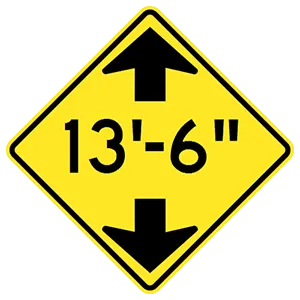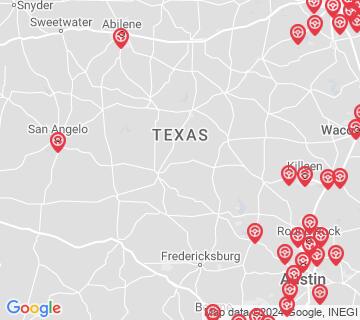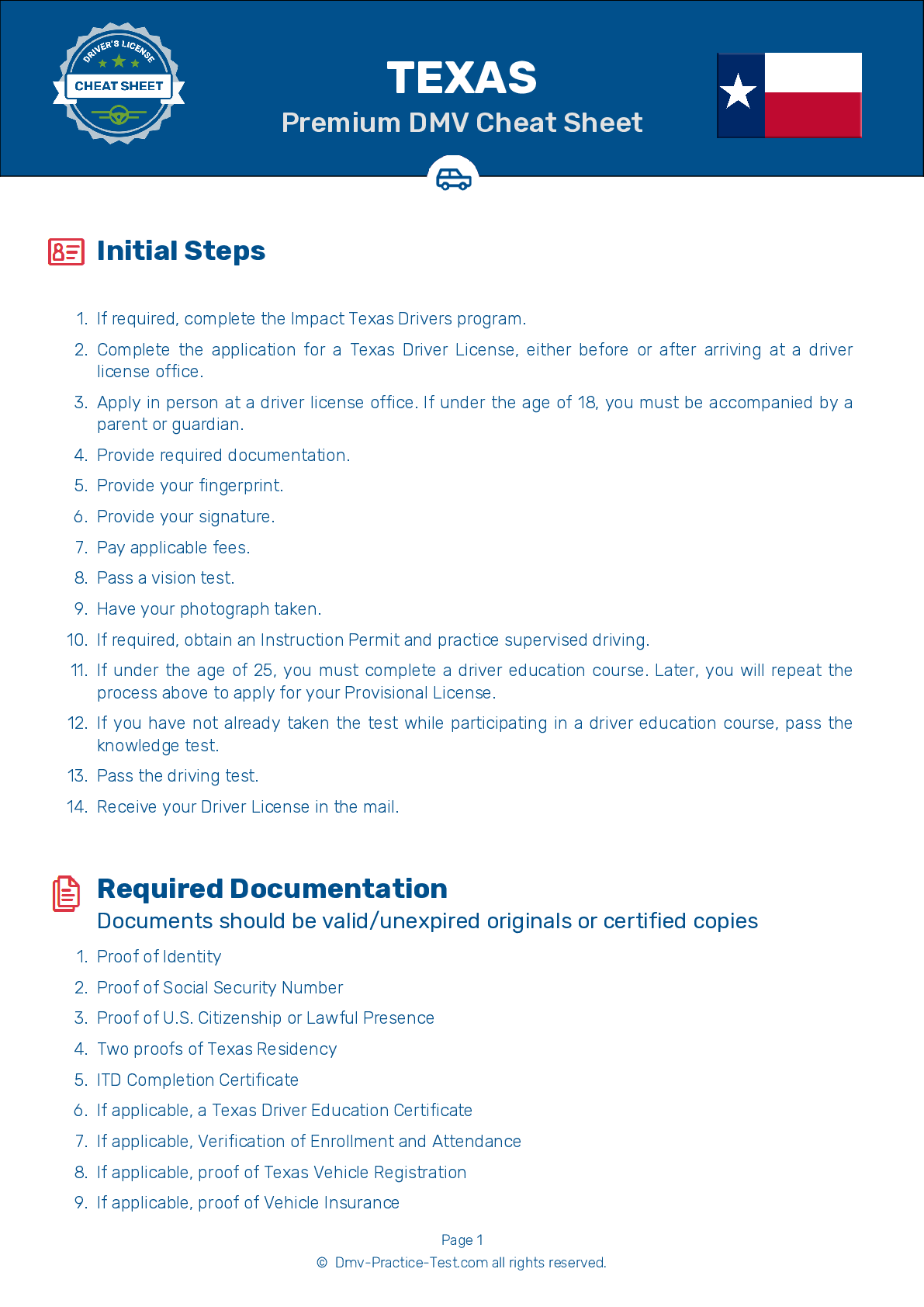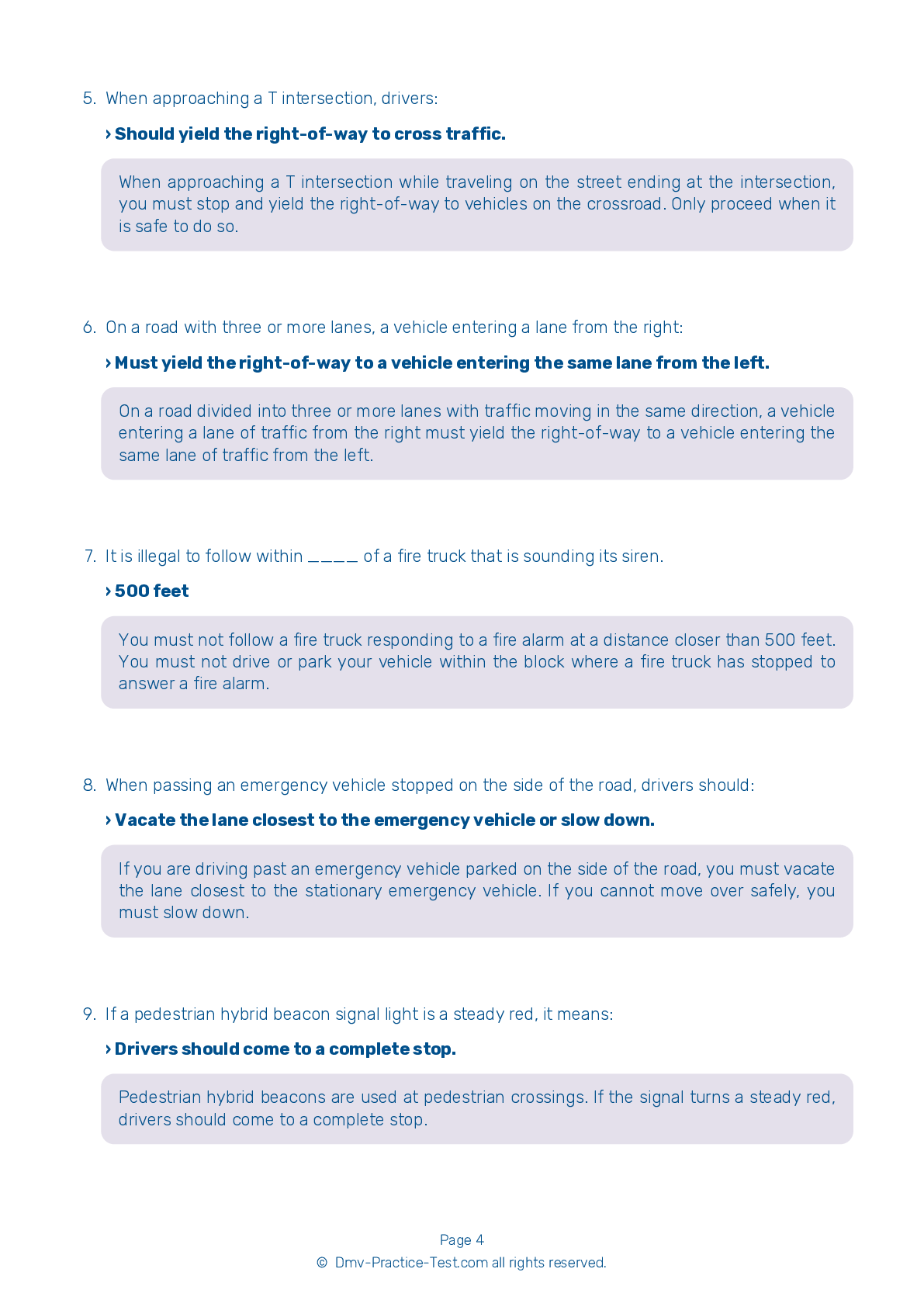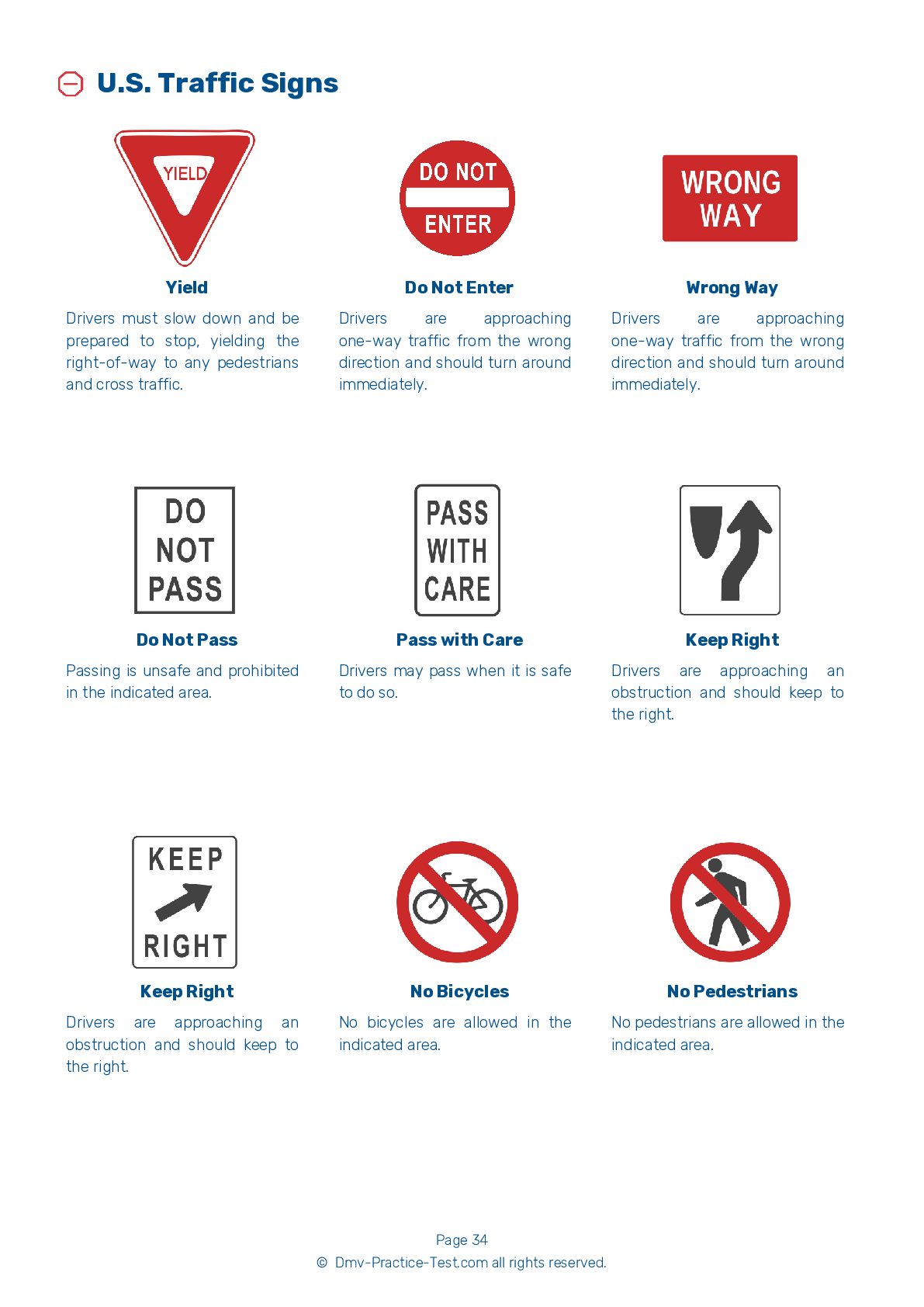FREE Texas DMV Practice Test #16 Page 4 of 5
For January 2025, the Texas DMV practise exams have been revised. It comprises questions based on the most important traffic signals and laws for 2025 from the Texas Driver Handbook. To study for the DMV driving permit test and driver's licence exam, use actual questions that are very similar (often identical!) to the DMV driving permit test and driver's licence exam.
Each question on the practise exam has a tip and explanation to help you recall the ideas. Questions about traffic rules, traffic signs, and driving statutes, as well as knowledge from the Driver Handbook, will be included in the written portion of the official Texas DMV test.
You must properly answer 21 of the 30 questions to receive a passing mark. Use the Texas Department of Motor Vehicles' practise exam to help you prepare for your instruction permit or driver's licence.
The DMV exam is offered in a variety of languages.
Using any form of testing help will result in an automatic fail, and the DMV may take further action against your driver's licence, so avoid it.
19 . If one of your tires blows out as you are driving, you should:
If a tire blows out while you are driving, hold the steering wheel tightly and keep the car headed straight down the road. Ease your foot off the gas pedal and do not apply the brakes until you have complete control. When the car is under control, brake gently and pull off the road at the nearest safe location.
20 . A broken yellow line alongside a solid yellow line means:
A broken yellow line alongside a solid yellow line means that passing is allowed from the lane on the side next to the broken line.
21 . When encountering a warning sign, drivers should:
Warning signs alert drivers to conditions that are immediately ahead and tell them what to look for. When encountering a warning sign, drivers should pay attention to their surroundings, follow instructions provided by the sign, and reduce their speed, if recommended.
22 . This road sign means:
